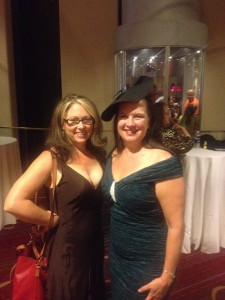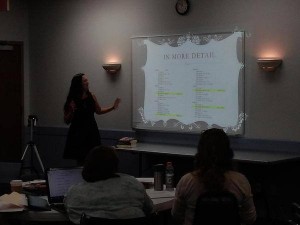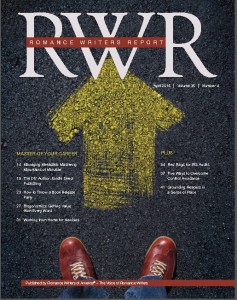 I’ve been waffling for some about whether to do this post. I’ve debated it with writer friends – what would we do without them?? – and pondered it in the back of my mind. Mostly I was deciding whether or not to respond to various threads in Facebook groups or in author loops. Usually on those, when the question is “Should I comment?” the answer is No. That’s one of my social media rules of thumb: if it occurs to me that I *shouldn’t* say something, I don’t.
I’ve been waffling for some about whether to do this post. I’ve debated it with writer friends – what would we do without them?? – and pondered it in the back of my mind. Mostly I was deciding whether or not to respond to various threads in Facebook groups or in author loops. Usually on those, when the question is “Should I comment?” the answer is No. That’s one of my social media rules of thumb: if it occurs to me that I *shouldn’t* say something, I don’t.
But I’m seeing this question come up a lot lately – is it “worth it” to enter a book in RWA’s RITA® Award contest?
I saw a lot of this discussion in the wake of the 2017 RITA® Awards in July – and before that when the finalists were announced – and now it’s heating up again because the contest opens on November 1.
Thus, I’m going to answer the question here. Whether I think it’s “worth it,” what my scores were, how I feel about them, and finally whether the award really affects sales.
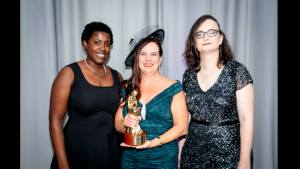 Full disclosure: I’m speaking as someone who won the 2017 RITA® Award in Paranormal Romance for my book, The Pages of the Mind. That’s my RITA® statue in the top photo, in the bookshelf I had to buy especially to house her. More than one wag has compared her to a golden idol who gazes down on my writing desk – and I’m at peace with that.
Full disclosure: I’m speaking as someone who won the 2017 RITA® Award in Paranormal Romance for my book, The Pages of the Mind. That’s my RITA® statue in the top photo, in the bookshelf I had to buy especially to house her. More than one wag has compared her to a golden idol who gazes down on my writing desk – and I’m at peace with that.
So, you might say I’m biased because I did win, and you’re absolutely right. Winning a RITA® Award was one of the best, most transcendent moments of my life. Here’s the pic of me that my wonderful agent, Sarah Younger – recently promoted to Senior Agent at Nancy Yost Literary Agency, yay! – took of me at the moment they announced my book won. 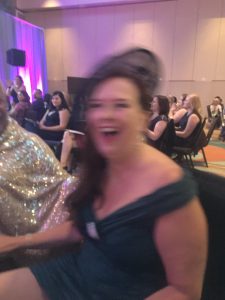
That is sheer happiness, folks.
But I’ll tell you what – the photos you don’t see are all the times I cried because my book DIDN’T final. Which was a fair number of years, because I’ve been entering since 2009 and 2017 was the first year I had a book that made it to the finals. Which was exhilarating on its own! Let me tell you, I received so many congratulations and good-hearted celebration on my behalf that I felt like Cinderella at the ball – only I got something way better than a prince.
Believe me – I absolutely get the disappointment of not making the final rounds, year after year. But, I didn’t give up. I kept entering my books. And I kept studying what other authors were doing, and working to improve my craft.
And still, it’s a gamble. Judges’ taste varies. Reading is subjective. Different people score on varying scales, just as readers do. One person’s three-star rating is another’s five-star rating.
So, yes, The Pages of the Mind got amazingly good scores. I say “amazing” with intention because I have no idea why this book struck the chord that it did. Well… I can speculate, but I certainly never expected it. I see a lot of people throwing around comments to the effect of “you should only enter your best book.” I can vouch that I had no idea that this would be my RITA® Award-winning book. In fact, the book that I *did* think would at least final, The Mark of the Tala, which received the Seal of Excellence from RT Book Reviews and was nominated for Book of the Year, was marked as not a romance by one judge, on top of not making the finals.
Not only that, but I entered two books in the contest for 2017, the other being the next book in the series, The Edge of the Blade. I’m willing to share the scores for each because I think it’s illustrative and important.
The Pages of the Mind: 8.2, 9.8, 9.5, 9.0, 9.9 – Final Score: 9.433333333
The Edge of the Blade: 9.7, 3.3, 5.9, 9.0, 8.8 – Final Score: 7.9
For those doing the math at home, the highest and lowest scores are dropped to calculate the final score. I can tell you that getting such high scores for The Pages of the Mind is a first for me! And looking at that, I can see why it won. For whatever reason, people really like this book. Which, hooray!!
Now, am I obsessing at all about those very low scores for The Edge of the Blade? Nope. Not even a little bit. When I shared these with my local chapter, LERA, for the exact same reasons I’m sharing them here, there were people indignant on my behalf. It’s the same indignation I’ve seen online – that no published book could possibly deserve a 3.3, that it’s simply mean to score a book lower than 5 and so on. My take is, of course those are legit scores. Judges can score from 1.0 to 10.0, with increments of 0.1. I have no idea why those judges gave me 3.3 and 5.9, but it could be because that book has a pansexual heroine. It also could be that they really thought my book was poorly written, which is fair.
And yes, I’ve gotten scores that low in other years, too. I got them when was entering contests for unpublished manuscripts – both 2s and 10s on the same piece. I have a strong voice and that’s one of the effects, readers tend to either love or hate what I write. That’s also fair. I don’t expect everyone to love my work.
Who knows? Could be those judges didn’t like me personally, which colors things. That’s okay, too, because I don’t expect everyone to love ME, either. Plenty of people will never pick up my books, for one reason or another, and that’s fine because people should read what makes them happy.
So, then – did having The Pages of the Mind final for and then win the RITA® Award make a difference in sales?
Hard to say – mostly because this is a traditionally published book and I don’t have real-time access to sales. I also don’t look at sales and Amazon rankings much anyway because I think it interferes with the creative side of writing. But I can say anecdotally that I saw a lot of mentions of readers picking it up because the book finaled and won. I saw new reviewers tagging me on social media and saying I was a new-to-them author and they were reading because of the RITA® Award. Even better, I saw a lot of readers declaring that the book made them want to go back and read my other books. I think my sales have gone up, probably quite substantially.
More than that, I’ve been amazed at the boost both the final and the win gave to me personally and to my reputation overall. Writers not in romance – like in SFWA (Science Fiction and Fantasy Writers of America) – mention that I’m a RITA® Award-winning author, and say it with pride and admiration. The day after I won, at the St. Martin’s party – with whom I’d recently signed a three-book deal – the Publisher, Jennifer Enderlin told me that she’d sent an email to the higher ups that they should notice they’d just signed a RITA® Award-winning author. Other authors, big names in romance, congratulated me and knew who I was. I felt like I’d reached a new level in my career. A personal milestone achieved.
As for readers recognizing it or not – some do, some don’t. A lot of my readers sent me photos from their local bookstores and libraries, showing my book in with other RITA® finalists for read-along challenges and pools to pick the winners. And my waxer, an ardent romance reader, knew exactly what it was and actually cried when I took her my trophy to show it off, she was so proud of me and excited.
And then there’s this. 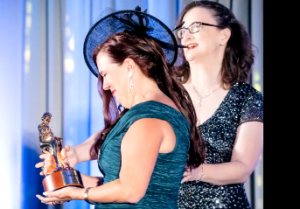 That’s me reading MY name and MY book title on a RITA® statuette. Just like I can look up and see her looking down on my desk. When the writing isn’t going well, when some other author gets notice I haven’t gotten, I can look at that tangible evidence and remember the incredible feeling you can see in my face here.
That’s me reading MY name and MY book title on a RITA® statuette. Just like I can look up and see her looking down on my desk. When the writing isn’t going well, when some other author gets notice I haven’t gotten, I can look at that tangible evidence and remember the incredible feeling you can see in my face here.
Is it everything? No. Awards are one aspect of measuring success, and one only. I have many other books that have never received an award of any kind and I think they’re good, too. They tell the story I wanted to tell.
But was it “worth it?” If I count up all the money I spent entering books over the years, the tears I cried in disappointment, the certainty that not finaling meant I sucked as a writer, fighting jealousy over those who did final – was it worth it?
Absolutely. Do it. Put your hat in the ring. If it was easy, it wouldn’t feel so incredible when you finally make it there.
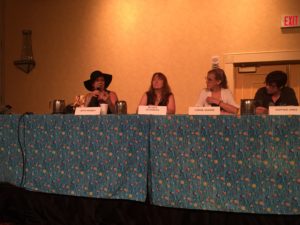

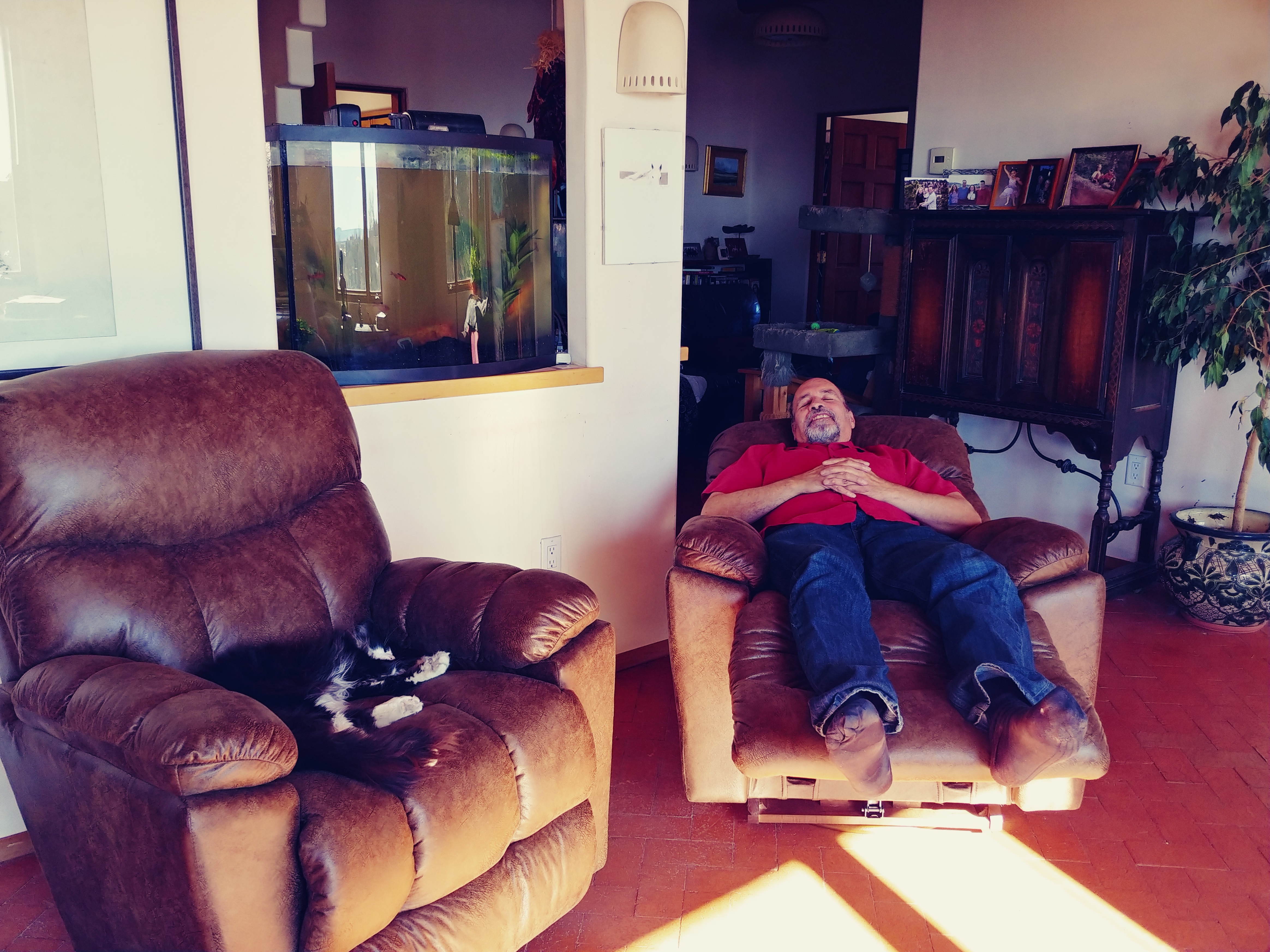



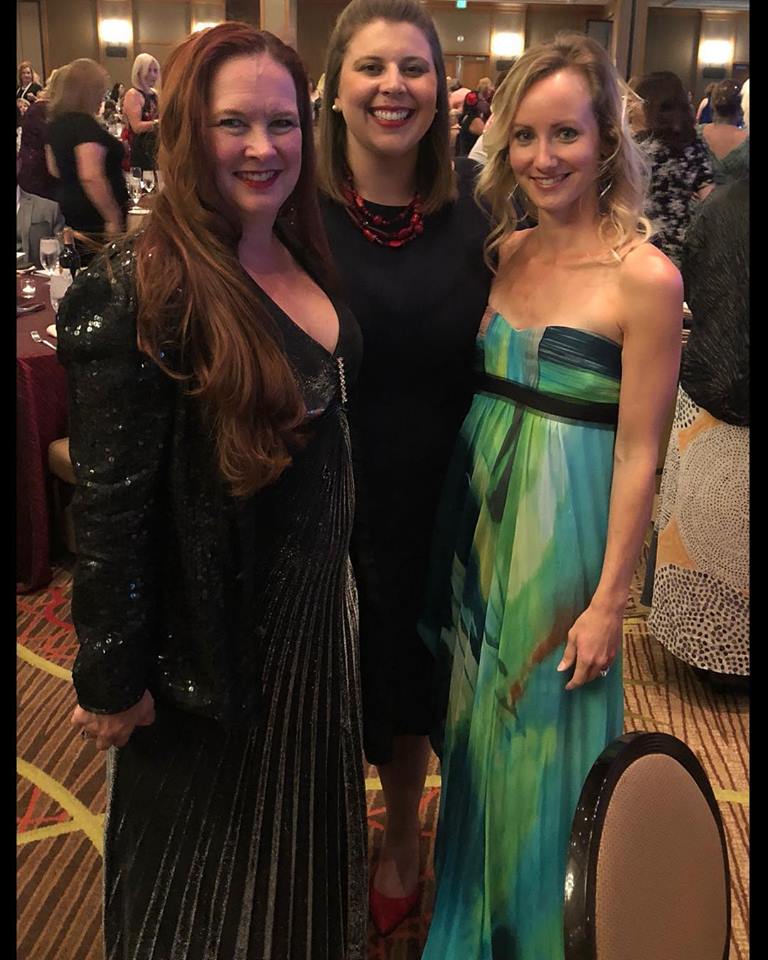
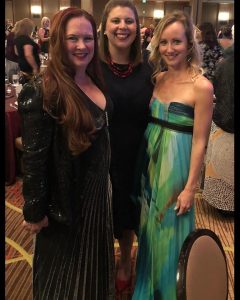 This morning I got a new comment on an old post, which is always interesting. When I saw which post, I totally got it. Last year I put up an article on my blog:
This morning I got a new comment on an old post, which is always interesting. When I saw which post, I totally got it. Last year I put up an article on my blog: 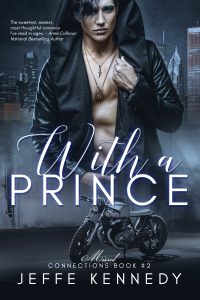
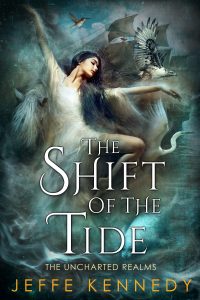



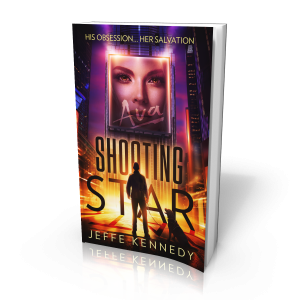


 I’ve been waffling for some about whether to do this post. I’ve debated it with writer friends – what would we do without them?? – and pondered it in the back of my mind. Mostly I was deciding whether or not to respond to various threads in Facebook groups or in author loops. Usually on those, when the question is “Should I comment?” the answer is No. That’s one of my social media rules of thumb: if it occurs to me that I *shouldn’t* say something, I don’t.
I’ve been waffling for some about whether to do this post. I’ve debated it with writer friends – what would we do without them?? – and pondered it in the back of my mind. Mostly I was deciding whether or not to respond to various threads in Facebook groups or in author loops. Usually on those, when the question is “Should I comment?” the answer is No. That’s one of my social media rules of thumb: if it occurs to me that I *shouldn’t* say something, I don’t.  Full disclosure: I’m speaking as someone who won the 2017 RITA® Award in Paranormal Romance for my book,
Full disclosure: I’m speaking as someone who won the 2017 RITA® Award in Paranormal Romance for my book, 
 That’s me reading MY name and MY book title on a RITA® statuette. Just like I can look up and see her looking down on my desk. When the writing isn’t going well, when some other author gets notice I haven’t gotten, I can look at that tangible evidence and remember the incredible feeling you can see in my face here.
That’s me reading MY name and MY book title on a RITA® statuette. Just like I can look up and see her looking down on my desk. When the writing isn’t going well, when some other author gets notice I haven’t gotten, I can look at that tangible evidence and remember the incredible feeling you can see in my face here.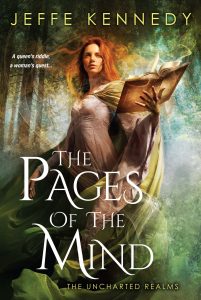 Thrilled to announce that
Thrilled to announce that 